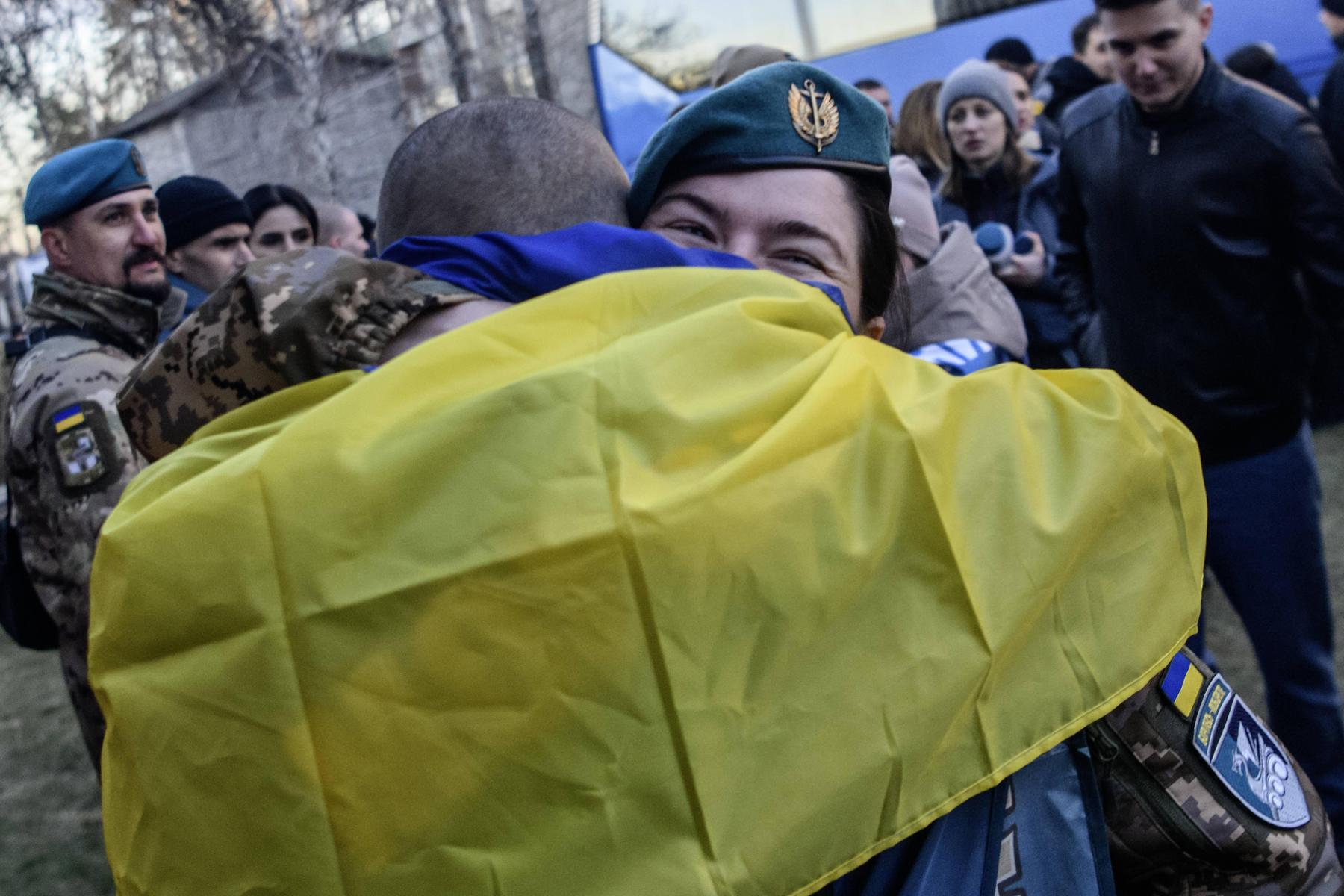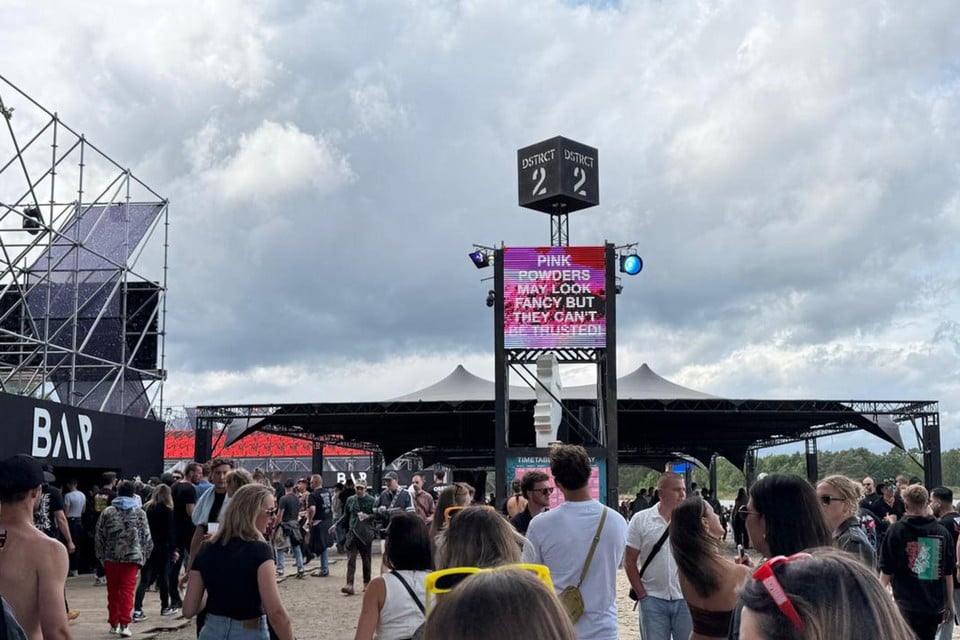People are getting used to the theatricality in the church

The film « Sacrum and Profanum in Pievėnai » is already shown in cinemas to the remote Samogitian village, which is the last tradition of Easter Night, which is a special centuries -old tradition. According to J. Sasnauskas, this film could become meaningful and warm the upcoming St. Easter waiting episode.
« A bright and pure film about what faith can be these days. But even a person who is not relevant to religious issues will certainly not forget the puppy’s solo by the tune of a triumph and the example of how people are, keeps relationships, continues to generate a tradition, » the monk said.
Movie from the shot. Photo by Sender Senders
Participated in the night’s Easter Way
The film shows the locals’ preparations for Easter with everyday open conversations and reasoning about religion and expressive ritual, where « soldiers » dressed in uniforms protect the crosses from stealing dresses at night in the church. Pievėnai in Mažeikiai district is the last village in Lithuania, which continues this unique tradition.
J. Sasnauskas remembers that there used to be nightlife at the grave of Christ, so -called adoration, without any thought of body theft. The monk himself participated in such rites in his youth. It is true that the current tradition in Pievėnai is not associated with adorations.
According to the Franciscan monk, we are used to the theatricality in the church, which disappeared after the 2nd Vatican meeting in the 20th century. in the 1960s. « In the past, the Jesuits and performances were staged in churches. At the Bernardine Church, the dragon from the Nasras was attacked by the Virgin Mary during the Immaculate Conception.
In the film « Sacrum and Profanum in Pievėnai », J. Sasnauskas was very memorable for people’s faces. Especially during the night’s standby, when everything is silent and only wooden swords are heard, defending the Crucifixion from the dressing attacks. Those faces, according to the priest, betray that the divine mystery, the act of faith, though some of the ritual participants in the ritual said in the past. « Even a dog, at the end of the film, who is back in the night worship, seems to be celebrating Easter as well, » the priest said.
The film adorns both the authentic Samogitian dialect and the specific way of the people of that area is well revealed. « I would recommend not missing the film to the Samogitians to see how beautiful and interesting they are. It is not easy to make friends with the Samogitians, but if you are friends, they will give you the last shirt. I am not a Samogitian, but Samogitia attracts me. When you go.
Photo by Sender Senders
Ethnologist: People are creating a living tradition
Associate professor at Vytautas Magnus University (VMU), ethnologist dr. Arūnas Vaicekauskas points out that the film shows a lively tradition, an authentic narrative with the reactions of local people to a special phenomenon of Easter.
« It’s not a folkloric documentary, as if the ensemble would perform a certain intended program. In the film, we see a lively, changing tradition, for example, with the emergence of girls in the » soldiers « positions. Here the village man speaks of life, neighbors, maybe he does not understand, wonder, laughs, discusses, and thus creates comprehensive vitality, ”said A. Vaicekauskas.
Easter night mystery with peculiar folk plays were still known in many parts of Lithuania in the beginning of the 20th century. One of the first Easter dressings in 1812. The Bishop of Samogitia Joseph Adolfas Giedraitis, 1818 Jurgis Ambraziejus Pabrėža, the pioneer and preacher of botanicals, later, writes about this, later the Bishop of Samogitian, writer Motiejus Valančius, priest, writer Juozas Tumas-Vaižgantas.
According to the ethnologist, the leadership of the Church has been resented by the tradition of Easter with a dressing dresses from the very first mention, and in the rural man’s point of view, if such a thing to celebrate, it must be. The village man did not think what that meant.
Today’s changes – in the ranks of the girl’s « soldiers »
Since when Easter Night, plays have been in the village of Pievėnai and why only they have survived to our day, can only be speculated. According to dr. A. Vaicekauskas, this tradition of Easter, was broken several times, but later revived.
« Why the tradition revived and continues to this day is difficult to answer. Perhaps the rural location, border with Latvia. The term » border paradox « is known in ethnography. It is mean that where the areas inhabited from different nations are bordered by, it is important for locals to emphasize their « difference » from neighbors, and as the border moves away from the border, it is less important. Personalities also play a pound role in the continuity of tradition. The initiator of the people, which brought together people and the tradition, came to life, and now the indifferent locals convey it to other generations, ”said VMU Associate Professor.
Dr. It is very interesting for A. Vaicekauskas to observe today’s changes in tradition. « I was immediately in my eye on the emergence of girls in the ranks of soldiers. The world’s traditional changing was a male occupation, because wearing a ritual tradition of wearing a mask was a dangerous activity, so women in the change of dresses appear relatively late.
The funny mood of Easter, the documentary narrative « Sacrum and Profanum in Pievėnai » is already shown in Lithuanian cinemas.









